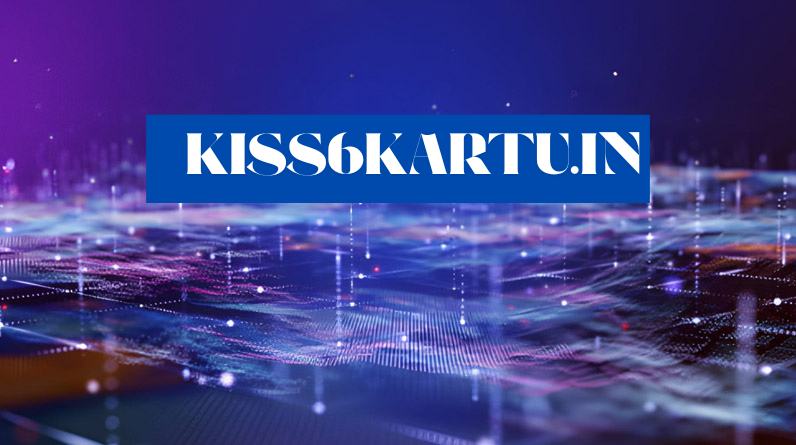Introduction
Legacy systems, an outdated set of software and hardware for industrial use, are still in use in some organizations. However, the time to update and move to a new and more efficient system arises at some point.
SCADA migration becomes difficult and challenging since the new SCADA is relatively new compared to the legacy system.
It’s not only a migration from software and hardware. It’s a complete shift of overall data, processes, and work functionality.
Organizations typically face the following challenges when migrating from legacy systems to Ignition software SCADA.
6 Challenges of SCADA Migration
Here are six common challenges of migrating from legacy to Ignition SCADA:
1. Compatibility Issues
SCADA Migration becomes the most challenging due to compatibility issues. In fact, it’s the most difficult challenge organizations deal with when migrating from legacy to SCADA.
This type of difficulty happens because the new and modern system no longer uses the outdated technology, hardware, and data format that Legacy uses. Organizations have to build custom solutions that work as a middleware to reduce the gap between the both.
2. Data Integrity and Quality
Another problem with the legacy system is the nature of data and the structure it contains. The quality of data might be inconsistent, unstructured, duplicated, and inadequate during the SCADA Migration.
In some cases, the legacy system holds inconsistent and redundant data. When migrating this data to a new system, it’s essential that the modernized SCADA system reduces the quality and integrity of data.
When migrating this data to the new system, it can cause data corruption or loss. That’s why it’s essential to have data cleansing and validation processes to ensure accuracy and consistency within the migrated data.
3. Business Disruption
Legacy system migration, or SCADA migration, is a complex and time-consuming process. When holding this at a large organizational level, it can impact business operations, and the functionality of the overall team may be reduced.
The best solution to avoid downtime is to hold them during off-peak hours. With proper backup systems and alternative workflows, it’s possible to prevent business disruption. In addition, it helps to first have open communication with stakeholders about the disruptions in the business. This way, it’ll create clear expectations about the outcomes of this experiment.
4. Resource Allocation
SCADA migration or moving from a legacy system isn’t easy. It’s time and resource-consuming work that requires thoughtful planning. It involves extensive planning that includes the following processes in general:
- Organizations have to first hire specialized IT experts for the migration.
- Acquiring the hardware and software solutions for migration is the next part of the process.
- Creating a timeline for the overall migration and new solution implementation process is the next difficult part of it.
Failure to allocate the necessary resources results in project delays and increased costs with higher risks of failure.
5. Stakeholder Resistance
The most difficult part of migrating from any technology at the organizational level is stakeholder resistance. Typically, most users build a comfort zone with the existing processes and technologies; the same goes for legacy systems. It becomes difficult to make them unlearn and migrate to Ignition SCADA so that they can use it in their day-to-day life.
6. Security & Compliance
Typically, legacy systems lack modern security features; in fact, they may not also comply with the current regulatory requirements.
When migrating to a new system, it’s essential to check whether the right security measures are in place if the data privacy is protected, and if compliance standards are met. This can also involve conducting security audits. Organizations may also need to update their policies and workflows to align with regulatory and industry standards.
Once all those steps are taken care of, organizations must create testing environments where they can try the new SCADA system. This would also involve validating the migrated information against the preexisting or original data and workflows.
Testing and validation should be part of each stage of SCADA migration. In addition, there must be a final testing phase to authenticate the overall process.
Strategies for SCADA Migration from Legacy to Ignition SCADA
SCADA modernization is an essential part of digital transformation at an organizational level. There must be challenges in place based on challenges at different layers of the organization. However, here’s a simplified strategy to help with SCADA migration from legacy to Ignition.
1. Automated Conversion Tools
It’s important to use tools used for Industrial Automation when planning to migrate from legacy to Ignition.
Using tools like Corso Systems Ignition Conversion can help boost the transfer of tags, alarms, graphics, and overall historical data. With this, it’s easier to reduce manual work related to SCADA migration.
2. Gateway Migration Best Practices
Another important part of the strategy must include following the best practices for migration. It involves planning the premigration setup, minimizing downtime during the data transfer, and deactivating the licenses of the old server before activating them on the new one.
3. Legacy PLC Integration
Ignition supports different protocols such as OPC-UA and Ethernet/IP for connecting older PLCs and conversion bridge gaps for obsolete systems, providing a way for real-time data flow without replacing any hardware. In fact, this is one way to make the SCADA migration cost-effective.
4. Standardization & Scalability
Use Unified Data Types (UDTs) to group equipment tags logically, enabling consistent data handling across diverse devices.
Implement metadata-driven templates for screens and reports, centralizing configuration in databases for enterprise-wide scalability.
- Validation & Cutover
Even if it seems challenging, there must be parallel testing with the legacy system when the data is migrated. According to Corso Systems, it’s essential to validate converted projects against live data before the final cutover.
One must also schedule migration when planning maintenance windows to reduce operational impact.
For Smooth Migration!
The key benefits to using these strategies are a 70-90% cost reduction when compared to manual redevelopment, cross-platform accessibility, and unlimited license scalability.
It’s best to assess the challenges at an organizational level and tailor strategy depending on the intensity level of any challenge regarding SCADA migration. The use of automated tools with Ignition’s flexibility and the organization’s modernized SCADA system can help while the business continues to migrate and maintain operations.



